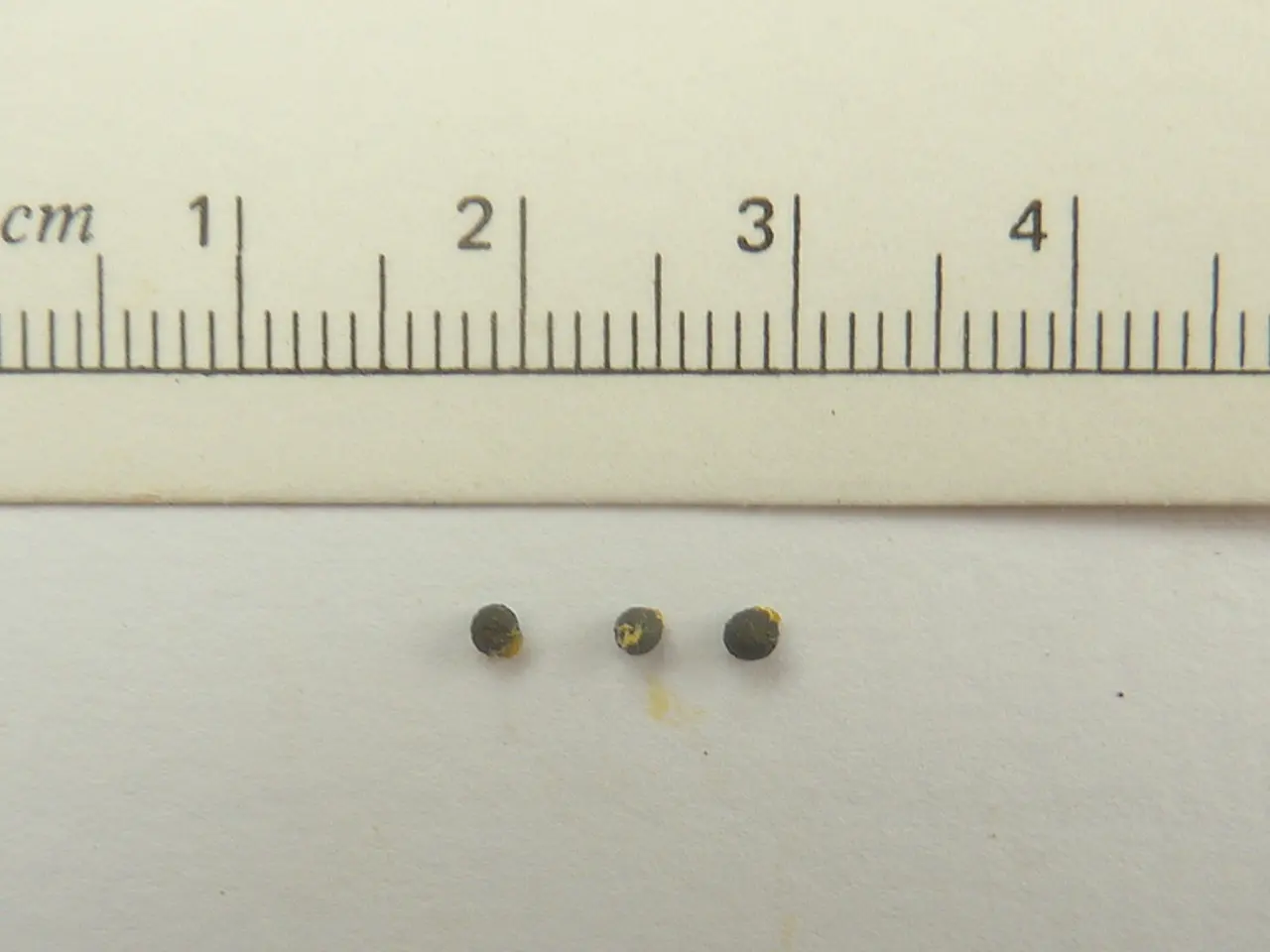BGA Design: Key Components, Soldering Methods, and X-Ray Examination Technique
## The Rise of BGA Packages in Modern Electronics
In the rapidly evolving world of electronics, Ball Grid Array (BGA) packages have emerged as a popular choice for manufacturers seeking compact, high-performance solutions. These surface mount devices, characterised by an array of solder balls for connections to the Printed Circuit Board (PCB), offer numerous advantages that make them a go-to option for a variety of applications.
### Space Efficiency and Miniaturization
One of the most significant benefits of BGA packages is their space-saving nature. They provide a substantial reduction in the footprint of electronic components compared to traditional packaging methods, such as QFP (Quad Flat Package). This makes them ideal for products with stringent size constraints, such as smartphones, wearables, and other miniaturized devices.
### Increased I/O Pin Count and Improved Yield
BGA technology enables a much higher number of input/output (I/O) connections, as the solder balls are arranged in a dense grid beneath the package rather than along the edges. The greater spacing between these balls also improves manufacturing yield by reducing the risk of solder bridging or other assembly defects.
### Enhanced Electrical and Thermal Performance
The short electrical paths in BGA packages minimize signal transmission delays, supporting higher operating frequencies and better signal integrity. In addition, the direct connection to the PCB and the use of controlled collapse chip connection (C4) soldering enhance both electrical performance and thermal dissipation. Some BGA variants also offer excellent thermal management, which is crucial for high-power devices.
### Reliable Assembly and High Throughput
BGA packages allow for co-planar soldering, which increases assembly reliability and reduces the likelihood of mechanical damage during mounting. The symmetric footprints and pre-soldered ball terminations also facilitate stable mounting and high-throughput automation using surface mount technology (SMT).
### Suited for Modern and Miniaturized Applications
BGA is especially suitable for large wafer sizes and is commonly used for original chips in advanced electronics, such as microcontrollers, processors, FPGAs, and memory chips—areas where performance, density, and reliability are paramount.
## Summary Table: Key BGA Advantages
| Advantage | Description | |-------------------------------|-----------------------------------------------------------------------------| | Space Efficiency | Small footprint, enabling miniaturization | | High I/O Density | More connections in less space, improving yields | | Electrical Performance | Low signal delay, high-frequency operation | | Thermal Management | Improved heat dissipation and power handling | | Assembly Reliability | Co-planar soldering, stable mounting, reduced mechanical stress | | Automation-Friendly | Compatible with high-throughput SMT processes |
As the component count increases on the PCB, the routability and component placement become complex. However, BGA packages offer a solution to these challenges, making them a leading choice in modern electronics for their combination of compact size, high performance, and manufacturing reliability.
- BGA packages, due to their compact size and high performance, are increasingly being used in miniaturized devices such as smartphones and wearables, where space efficiency is crucial.
- The use of BGA technology in advanced electronics, like processors and memory chips, contributes to improved electrical performance and thermal management, making it an ideal choice for components with high power demands.




